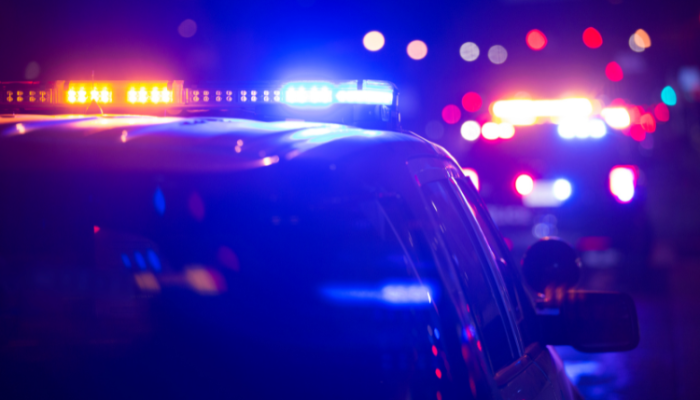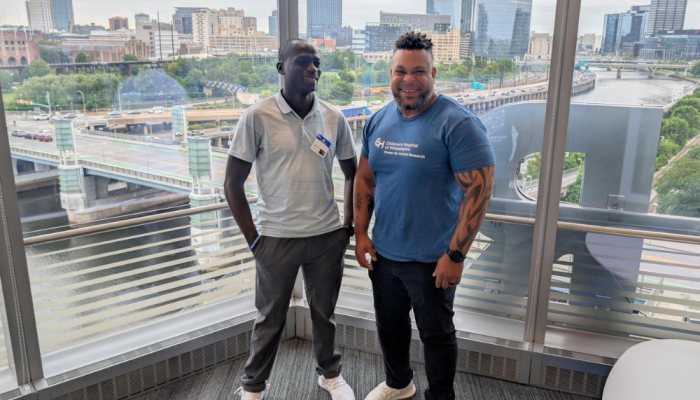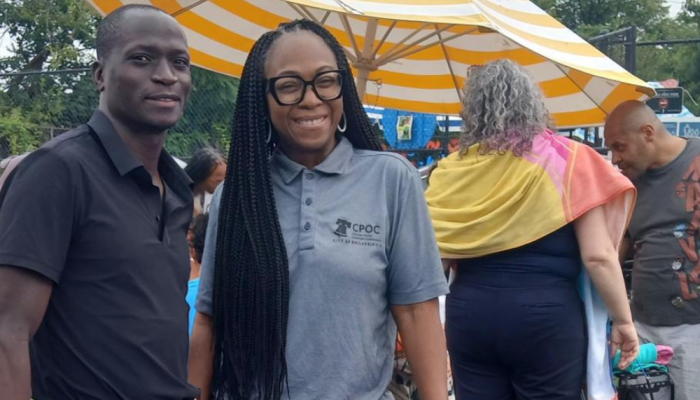What Happens After a Police Shooting
The time right after a police shooting can be confusing. Investigators arrive to collect and study evidence. They talk to witnesses. News reporters start sharing what they know.
Often, people in the community feel unsafe, worried, and like they can’t trust anyone.
One of the main responsibilities of the Investigation Division is to look at the information and evidence gathered after a police shooting. CPOC investigators use all the information they can find, like videos from body cameras, crime scene photos, surveillance videos, and what witnesses say. From this evidence, they write detailed reports about the shooting. These reports give advice on whether the shooting was justified and if the officer followed the police department’s rules.
How the Use of Force Review Board (UFRB) Works
The Investigation Division gives its advice to the CPOC’s Executive Director, who is a voting member of the police department’s Use of Force Review Board (UFRB). The UFRB’s job is to review each police shooting and decide if the force used was appropriate and if the officer followed the police department’s rules about using force. This is not a criminal investigation.
The UFRB review process follows a set of steps. Board members get the case information ahead of time, including investigation reports, videos, witness statements, and the department’s rules. During meetings, the cases are presented in detail, with investigators pointing out important evidence and what happened in order. Board members can ask investigators questions and look at more information before discussing and voting on their findings.
UFRB meetings are private. This is to protect ongoing investigations, respect the privacy of those involved, and allow board members to talk honestly about sensitive cases. Each UFRB meeting usually covers several cases. The board reviews multiple police shooting incidents in one session, and the cases can be months or even years old. These delays can make it hard to hold people accountable quickly. While it takes time to investigate and process evidence thoroughly, long review periods can leave communities waiting for answers and make it harder for them to trust the process. CPOC is always looking for ways to be thorough but also resolve cases more quickly.
Fair Standards and Accountability
CPOC’s review process is designed to be fair and complete. CPOC investigators carefully look at each case by using the department’s rules and legal standards to the specific facts of each shooting. This helps make sure that recommendations are based on evidence, not emotions or what the public wants. By using the same standards for all cases, CPOC investigators help the board reach fair and consistent results.
If a shooting is found to be “out of policy,” meaning the officer’s actions did not follow the department’s rules, the case is sent to the police department’s administrative charging unit for discipline.
Besides deciding if policies were followed, board members may also find areas where the department’s policies need to be changed or made clearer. The board may also recommend training or guidance for officers in cases where no policy was broken, but different actions might have led to better results.




